What Can Be Depreciated in Business? Depreciation Decoded
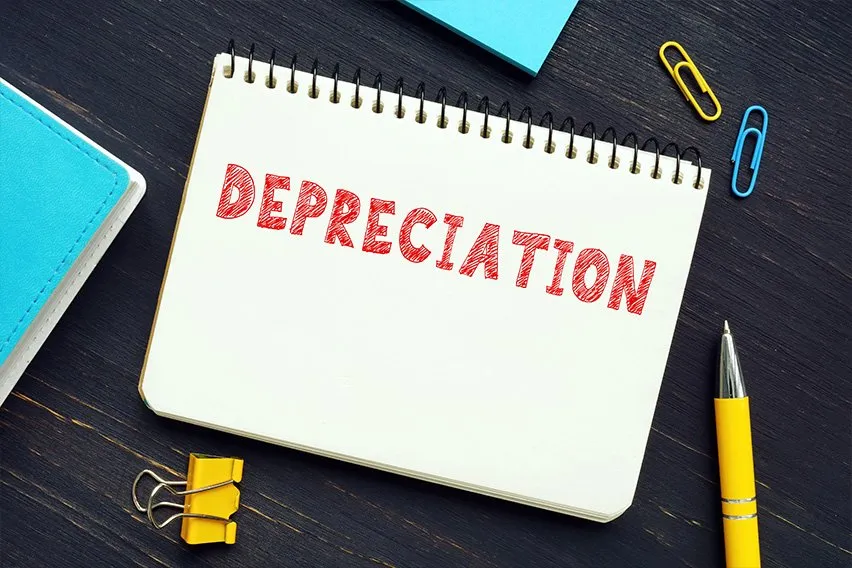
If you’re wondering what can be depreciated, you can depreciate most types of tangible property such as buildings, equipment vehicles, machinery and furniture. You can also depreciate certain intangible property such as patents, copyrights and computer software, according to the IRS.
Essentially, when something depreciates, it reduces in value. In accounting, when the recorded cost of a fixed asset is reduced systematically until the value of the asset becomes zero or negligible, it is known as depreciation.
What this article covers:
- What Is Depreciation in Accounting?
- What Can and Cannot Be Depreciated?
- What Qualifies as a Depreciable Asset?

What Is Depreciation in Accounting?
Depreciation is an accounting method that a business uses to account for the declining value of its assets.
By allocating the cost of a purchased asset over the period of time when it is expected to be in use, businesses can deduct a smaller amount of the cost over several years instead of one large deduction in the year it was purchased.
The purpose of this is to match the cost of the assets to the revenues earned from using the asset. Also, writing off assets allows you to lower the tax bills.
What Can and Cannot Be Depreciated?
Businesses don’t depreciate all its assets. Low-cost items with a short lifespan are recorded as business expenses. You can write off these expenses in the year they were incurred.
For example, office supplies are expense items while a printer, that you would use for a longer period, is a fixed asset that depreciates every year.
Which Asset Does Not Depreciate?
All depreciable assets are fixed assets but not all fixed assets are depreciable. For an asset to be depreciated, it must lose its value over time. For example, land is a non-depreciable fixed asset since its intrinsic value does not change.
You cannot depreciate property for personal use and assets held for investment.
Examples of non-depreciable assets are:
- Land
- Current assets such as cash in hand, receivables
- Investments such as stocks and bonds
- Personal property (Not used for business)
- Leased property
- Collectibles such as memorabilia, art and coins
Examples of Depreciating Assets
Tangible assets such as:
- Manufacturing machinery
- Vehicles
- Office buildings
- Buildings you rent out for income (both residential and commercial property)
- Equipment, including computers
If you’ve made improvements to your rented property, you’re eligible to depreciate them.
Intangible property such as patents, copyrights, computer software can be depreciated.

What Qualifies as a Depreciable Asset?
Depreciable assets are business assets eligible for depreciation (based on the IRS rules). According to the IRS Publication 946, to qualify as a depreciable asset, the property must meet the following requirements:
- You must be the owner
- You must use it in your business or income-producing activity
- It must have a useful life of at least a year
Why Do Assets Depreciate?
Fixed assets, such as equipment and vehicles, are major expenses for any business. After a certain period of time, these assets become obsolete and need to be replaced. Assets are depreciated to calculate the recovery cost that is incurred on fixed assets over their useful life. This is used as a sinking fund to replace the asset when it is at the end of its working life or when you need to sell it.
Since it is used to lower the taxable income, depreciation reduces the tax burden. However, depreciation is a non-cash expense and has no effect on your cash flow or actual cash balance.
How Do You Calculate Depreciable Assets?
There are several ways to depreciate an asset. Using the straight line depreciation method, the business charges the same depreciation expense every accounting period. This is the asset cost minus the residual value, divided by the number of functioning years.
According to the IRS, “The Modified Accelerated Cost Recovery System (MACRS) is the proper depreciation method for most property”. This method of depreciation allows a larger tax deduction in the early years of an asset and less in later years.
The formula to calculate MACRS Depreciation is as follows:
The cost basis of the asset X Depreciation rate
The other methods of calculating depreciation are the unit of production method and double declining balance method.
Knowing what can and cannot be depreciated in a year will help business avoid high front-loaded expenses and highly variable financial results.
RELATED ARTICLES


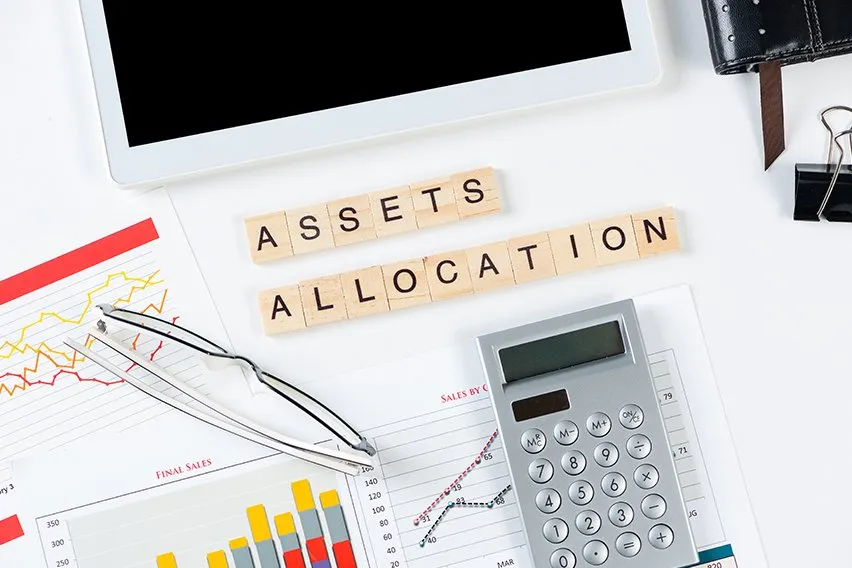 What Is Overhead Allocation for Small Businesses
What Is Overhead Allocation for Small Businesses Accounting Errors: What Is a Transposition Error
Accounting Errors: What Is a Transposition Error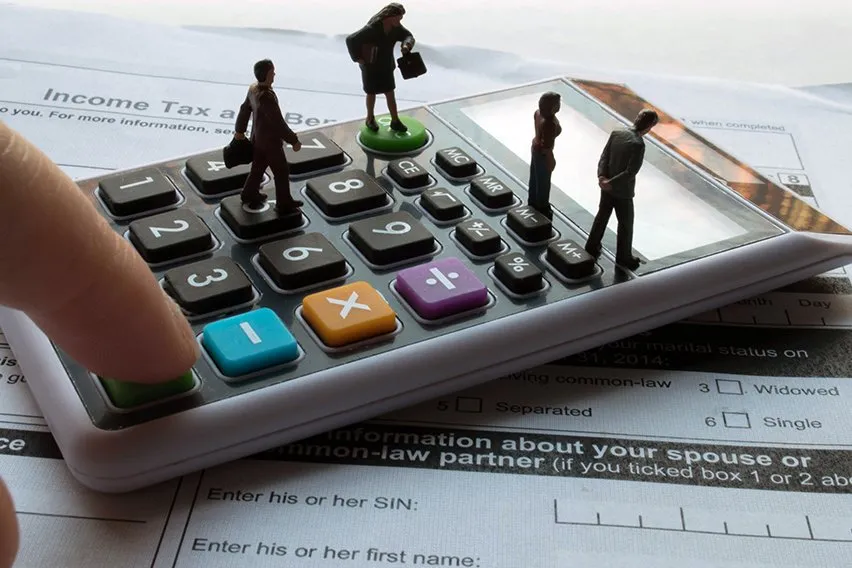 How Accounting Can Help Your Small Business Succeed | How-To Guide
How Accounting Can Help Your Small Business Succeed | How-To Guide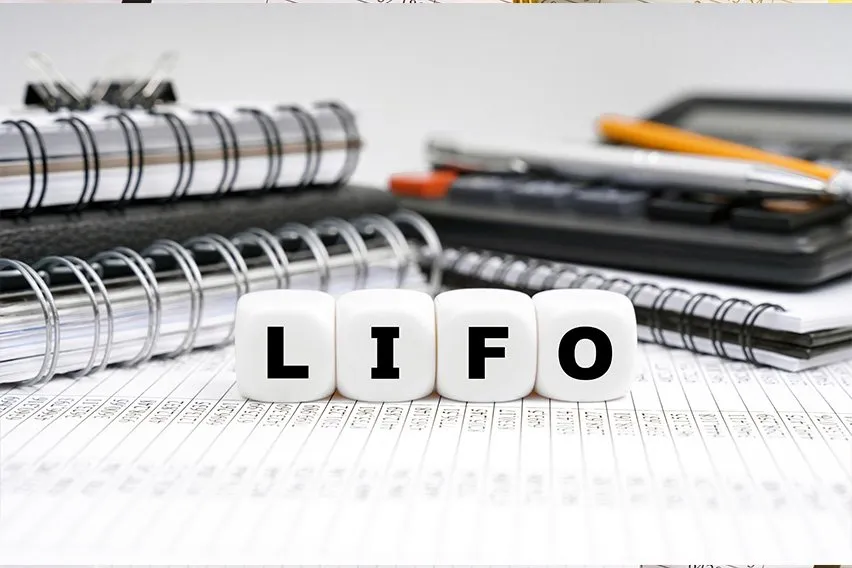 LIFO Method: Definition and Example
LIFO Method: Definition and Example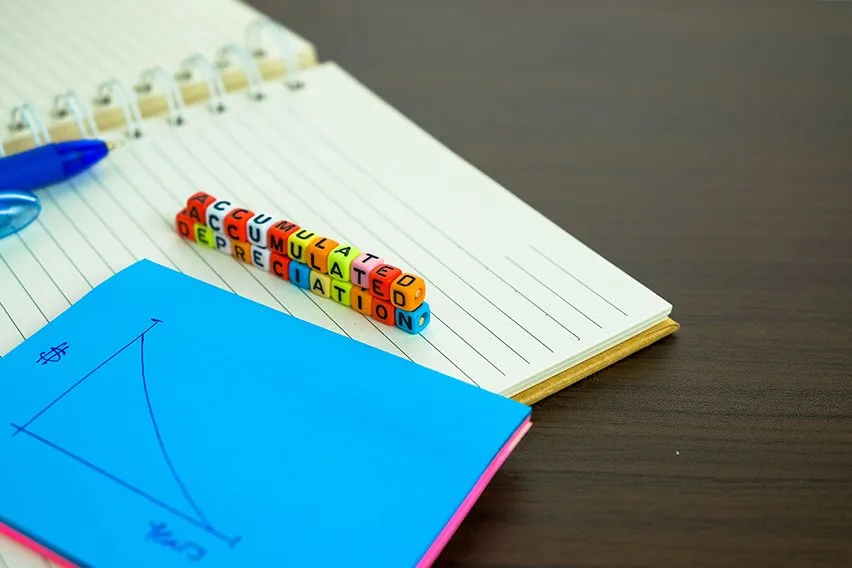 Is Accumulated Depreciation an Asset? How To Calculate It
Is Accumulated Depreciation an Asset? How To Calculate It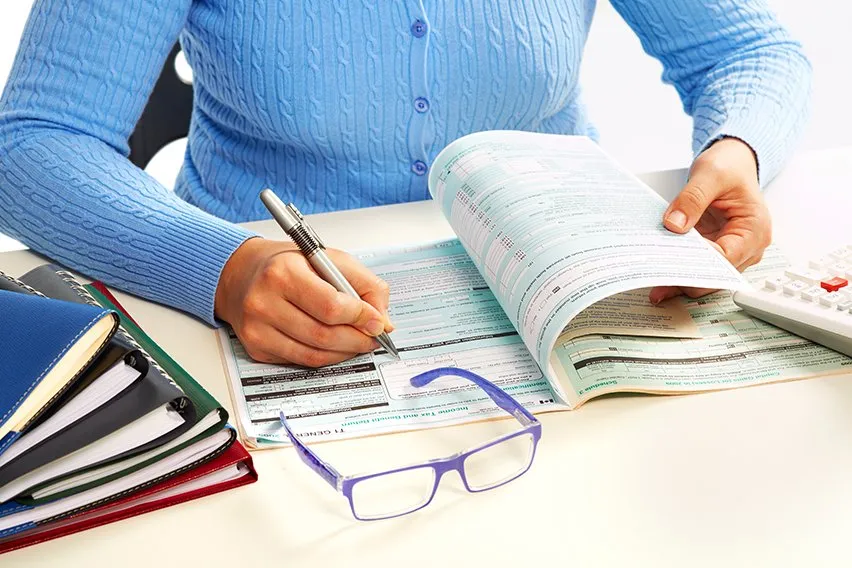 What Are Adjusting Journal Entries?
What Are Adjusting Journal Entries?